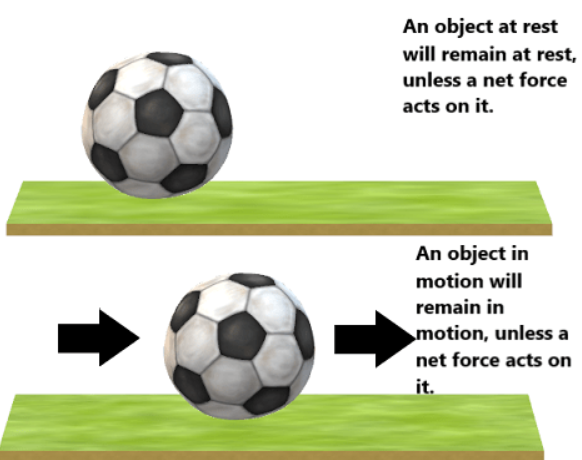In my last post I shared a simple experiment with my son that taught him about Center of Mass. While we were doing the experiment, we were also playing with another physics concept; the Law of Inertia. Inertia is an object’s resistance to change it’s state of motion. For example, if a ball is rolling on a surface with ZERO friction (a force that causes moving things to stop), the inertia of the ball would keep it moving at the same speed forever! But in the real world, we have friction, so the inertia of an object is its resistance to being stopped.
In our center of mass experiment, we discovered removing the lights one at a time affected how the fidget spinner spun. But as we reviewed the videos of each spinner, we also noticed something else changing. That’s when I realized my son was also doing a fidget spinner science experiment about the Law of Inertia!
During our center of mass experiment, we wrote down how long it took for each spinner to stop. We did this by watching the time lapse on the video, and noting when the fidget spinner started and stopped spinning.
As you can see, when the fidget spinner had three lights in, it spun for over a minute. With two lights in the spinner, it only spun for 30 seconds, and with only one light, it spun for 22 seconds. Once all the lights were removed from the fidget spinner, it only spun for 17 seconds.
If you want to verify my data, please feel free to on my You Tube channel!
The next question I had was why does this happen?
Lets start by looking at the equation for torque, the force my son applied to the fidget spinner to make it spin:

where “T” is torque
“I” is inertia of the fidget spinner
“А” is the angular acceleration, or how much the spinner speeds up or slows down over time
The equation for Inertia is

where I is inertia
m is mass
r is radius ( the distance from the middle of the fidget spinner to the edge of the fidget spinner
Substituting I in the equation for torque, we now have

As I said before, “А” is how the fidget spinner speeds up or slows down over time. The equation for “А” is:

where ω1 is the speed of the spinner when it starts spinning
ω2 is the speed when it stops, so it equals 0
t is the amount of time it takes the fidget spinner to stop
Substituting α in the equation and eliminating ω2 since its equal to 0, we now have

Now, we want to know how the weight (or mass) of the fidget spinner affects the how long it spins. So we want to solve for t.

Whoa! That was a lot of math! But we’re just interested in how time (t) relates to mass (m). Looking at our equation above we see that time and mass are directly related, meaning as mass gets bigger, the longer the fidget spinner takes to stop! This is exactly what we saw happen as we removed lights (and therefore weight) from our spinner. The more lights that were in the spinner, the longer it spun!
Try this quick and easy experiment at home using my free guide! Let me know if you get the same results!
